It’s July in Florida – is it possible to beat the heat and still explore the outdoors? There are three ways we know of: find water, wind or air conditioning. This month, we’ve got a location where you can find all three.
There’s an island tucked in the northeast corner of Jacksonville, FL, near where the St. Johns River meets the sea. It’s probably best known as home of Kingsley Plantation, an early 1800’s sea island cotton plantation, now run by the National Park Service. Much of Ft. George Island was cleared for crops in the 1800’s, but has returned to its natural state. There’s a 4 mile road – half paved, half dirt – that circles the island, and 23 markers that tell of the island’s natural and inhabited history. From the Saturiwa Indians 6,000 years ago, to early French and Spanish explorers in the 1500’s, to the plantation phase, to the days of the Ribault Club, a social club built in the 1920’s for vacationing northerners, this quiet island has seen a lot of change. Today, it’s owned by the state and national park service, and although there are a few private residences, it’s returned to a quiet, canopied island with wildflowers and wading birds.
You can learn about Ft. George’s deep history from your air conditioned car. The story of the island is told by park rangers via audio files that can be downloaded onto your phone, or printed out. For the bar code to download the MP3 files or a printed verstion, click here.
The island is surrounded by salt marsh and interconnecting waterways: Ft. George Inlet to the east and Sisters Creek (the Intracoastal Waterway) to the north. There are 3 miles of trails but the single-lane road is also good for hiking, with ever-changing wildflowers, views of the inlet, and a sea breeze on all but the hottest days. Keep an eye out for roseate spoonbills, which have been nesting in the area.
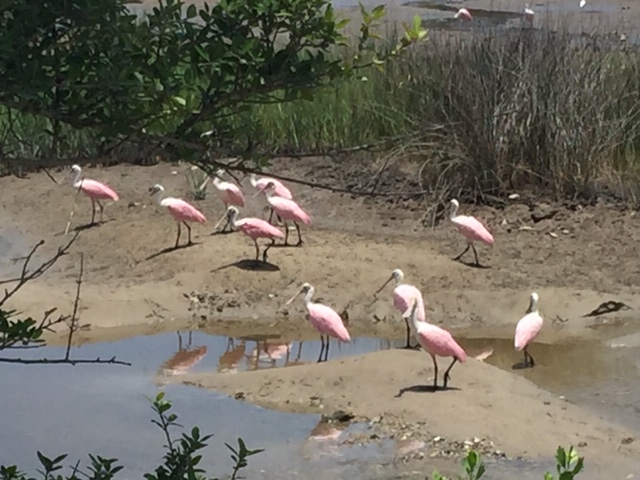
There’s a launch for small boats behind the Ribault Club, as well as a couple of picnic tables and a sandy beach popular with fishermen. Other nearby places to launch a boat or kayak are Alamacani boat ramp, Huguenot Park and Cedar Point in Horseshoe Creek, according to Brian Burket with the City of Jacksonville’s Parks Department. Kayaks can be rented at Kayak Amelia, also nearby. Burket says the area is one of his favorite places to take out-of-town guests because you can paddle for a while and then take a break on land for a picnic or a tour of the small museum at the Ribault Club or Kingsley Plantation (The plantation has not reopened since the Covid-19 shutdown. The Ribault Club re-opened but check before you go.)
Speaking of kayaking, the City of Jacksonville is making progress on opening “adaptive kayak launches.” Adaptive launches are enhanced for people with physical challenges. The city has completed three and has one more in progress.
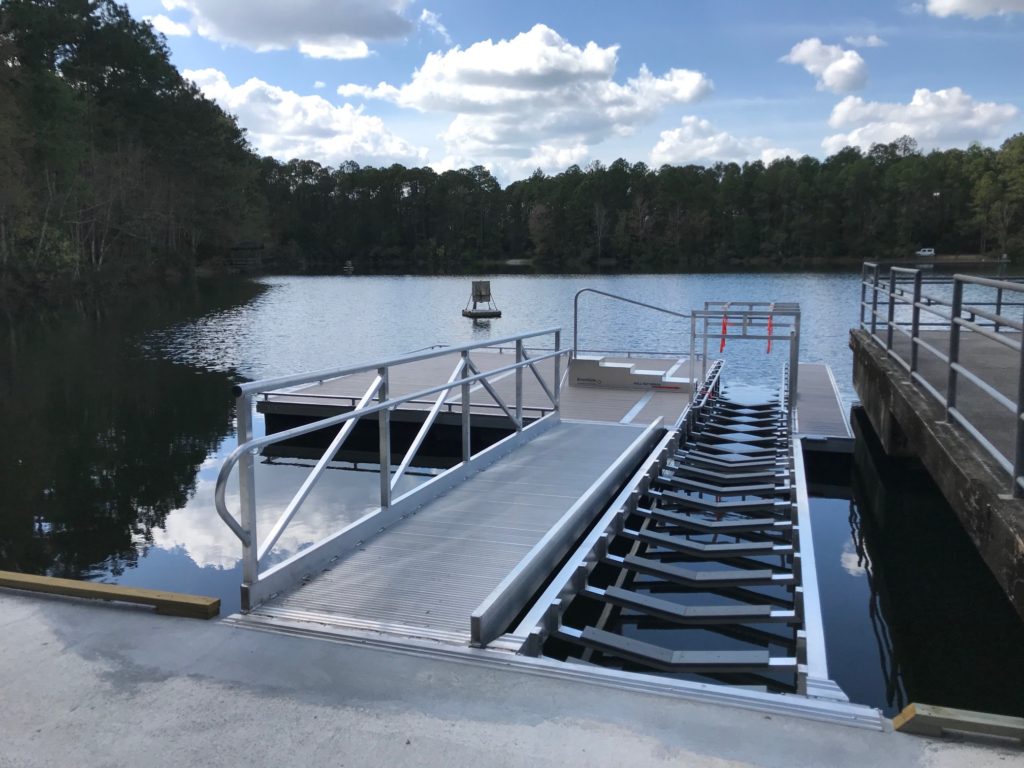
Bethesda Park, near Florida State College of Jacksonville’s north campus is the newest launch and opened in March of 2020. Hanna Park, near Mayport, opened in April of 2019. Both launches are on calm lakes and Brooks Rehabilitation held sessions at both prior to shelter-at-home orders.
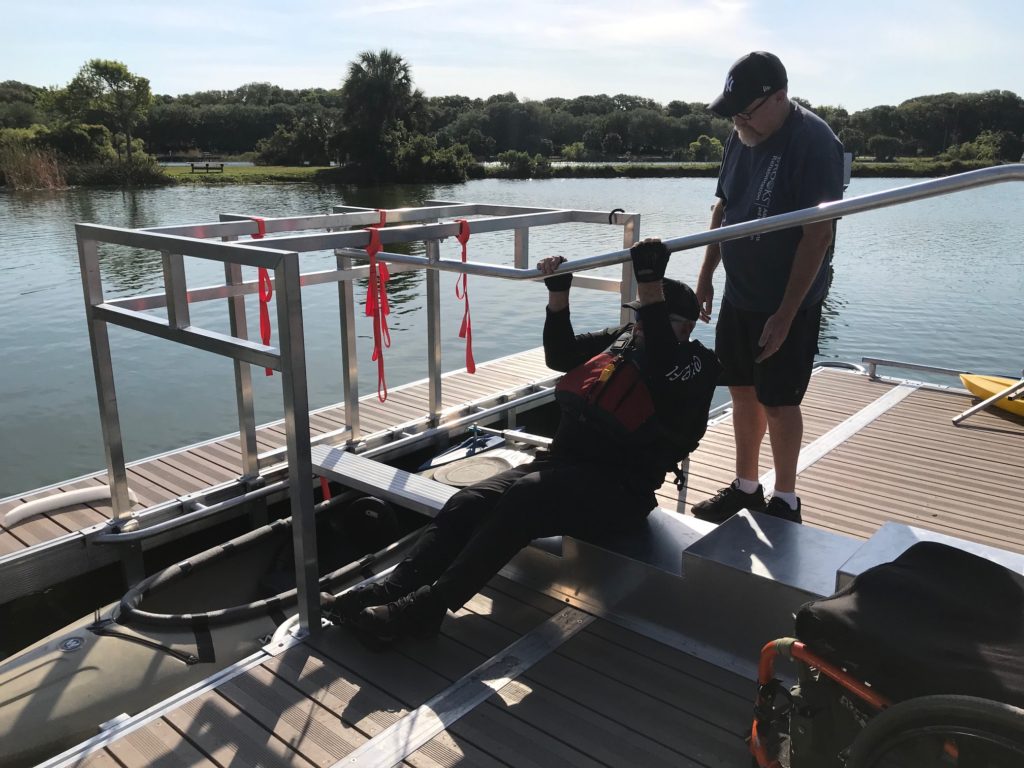
A launch at Mandarin Park, also on calm water, is currently in the construction bid process.
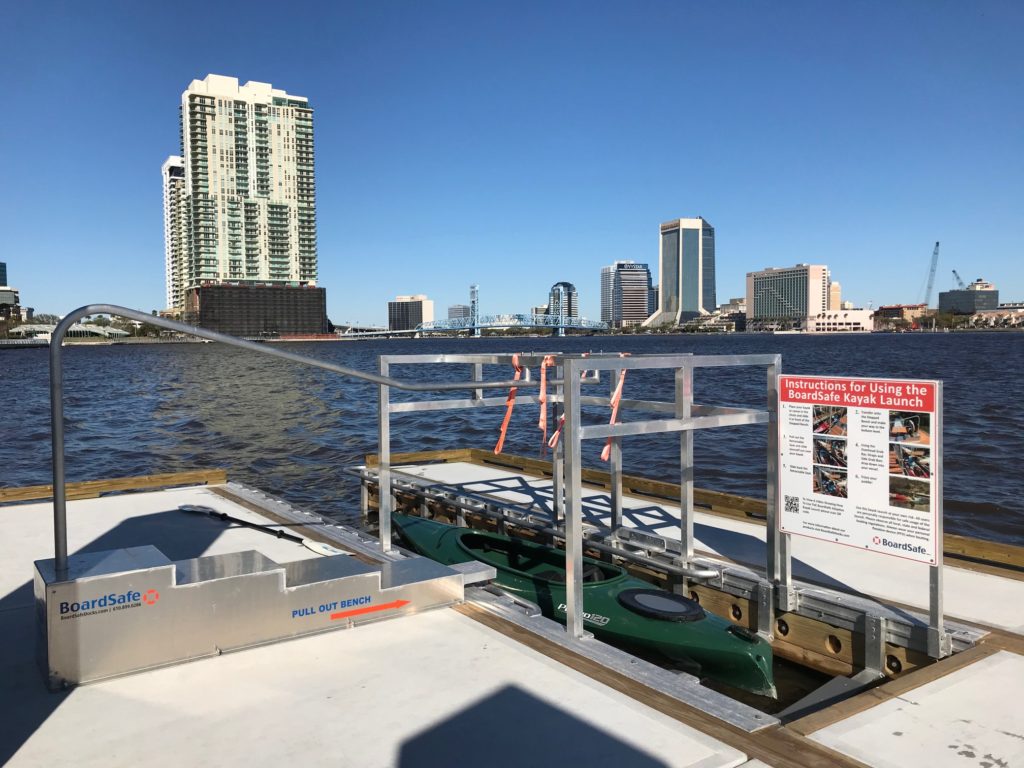
There’s a launch on the Southbank at the Duval County Public School board property that is for experienced users. The St. Johns River downtown has strong currents and occasionally waves and is only recommended for experienced paddlers.
For other places to paddle, the city has three laminated guides available for free at outfitters and one more about to be published. The three guides cover the following areas:
- Intracoastal Waterway from the St. Johns River to the southern Duval County line,
- Intracoastal Waterway north of the St. Johns River, and
- the main stem of the river from Julington Creek to the Trout River.
You can pick up a free copy at REI, Black Creek Outfitters and some bait shops and marinas. Download the guides here.
Finally, keep your eyes open if you’re at the beach – it’s still nesting season for sea turtles and shorebirds. Sea turtle nests are well-marked by turtle patrol groups, but not so for shorebirds, whose shell-and-sand nests are well-camouflaged and small to begin with. Also, coastal development has forced the birds into smaller and smaller areas for nesting. So, through the end of August, be vigilant, stay off the upper beach and if you see a distressed bird, there may be a nest nearby.
Thank you to listeners and readers for all the emails; it’s been great to connect with you. Enjoy Florida’s beautiful outdoors, and we’ll see you in September for the next edition of “Wild Florida.”
To listen to this segment on WCJT 89.9 FM’s First Coast Connect, click here. It’s at 46 minutes into the broadcast.
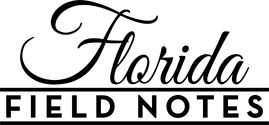

One Response
Ray Pringle
Thanks you for this article on Adaptive Kayak Launches, we are so proud of what Jacksonville is doing to invite people with disabilities to get off the couch and enjoy the beautiful outdoors, the sights and sounds and have the ability to live a productive life. I love doing things with my family and kayaking is a marvelous way to do so. Fishing and splashing around in the water helps keep me active.